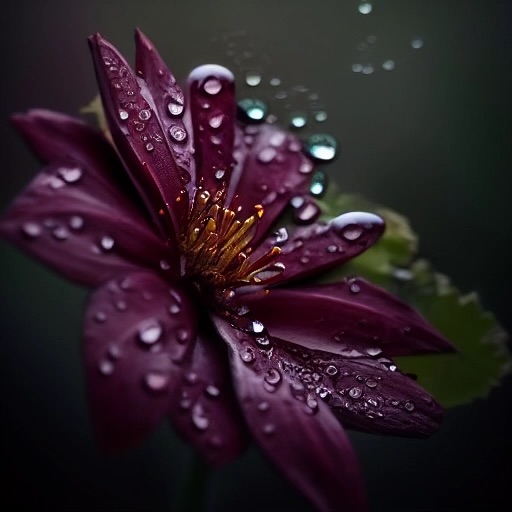
On Valentine’s Day many students received overflowing bouquets of beautiful flowers and hearts. Many feel wonderful receiving such a sweet gift from the person they love. But many don’t know that the exact same gift can be even more meaningful than they thought?
The practice of assigning meanings and sentimentality is also known as floriography. Its popularity boomed in the early 19th century, mainly in France and England. This was largely due to the publication of “Le Langage des Fleurs”, which assigned emotion to specific details and color combinations, which would then be put together in a small bouquet.
These mini arrangements were known as “tussie-mussies” and were used to purvey the feelings one might have for the recipient, which were usually too difficult or taboo to speak about aloud.
The representation in flowers can range from a vague emotion to a specific feeling. For example, tulips mean passion and peonies mean bashfulness. On the more detailed side of things, purple violets mean that the sender’s thoughts have been occupied by the recipient for a long while now and it’s driving them mad with adoration.
Not all flowers send a message of love, however.
Aloe is a symbol of bitterness and disdain for the person getting the bouquet. Clematis can be used as a wish of poverty upon someone. Passion flowers are a sign of depression or mourning and were commonly given out at funerals in France in the 19th century.
With the rise of floriography also came along a secret way of communicating threats to watch out for. Rhododendrons send a warning of danger and the necessity for the recipient to flee. Crab blossoms are a sign of ill will or nature to keep an eye out for.
Doing extensive research on the topic of floriography allows for a lovely and common gift to become even more memorable, personal, and meaningful for both the sender and receiver. Keep these intentions in mind next time one is readying to purchase a bouquet.









